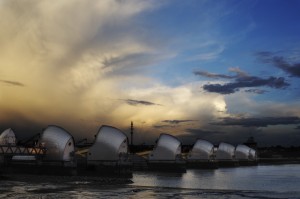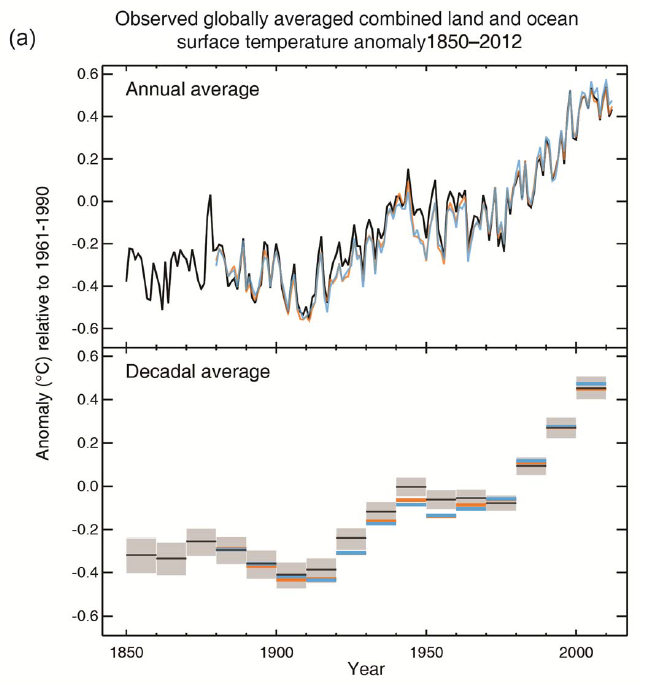Guest commentary by Tim Osborn and Phil Jones
The Climatic Research Unit (CRU) land surface air temperature data set, CRUTEM4, can now be explored using Google Earth. Access is via this portal together with instructions for using it (though it is quite intuitive).
[Read more…] about Exploring CRUTEM4 with Google Earth

